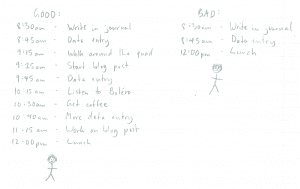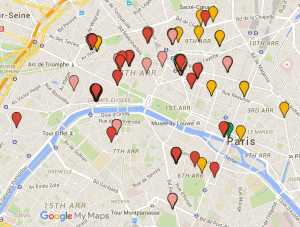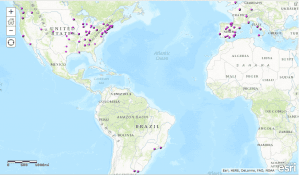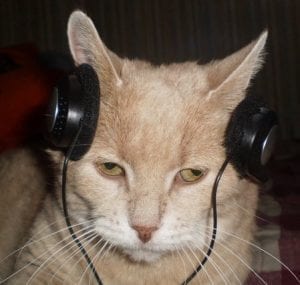Dear Future CURI Researcher,
Data entry has a bad rep. Sure, typing in all those records can take a long time, and doesn’t usually make the top ten list of mentally stimulating activities, but when done right, the process can be downright enjoyable. Listed below are four strategies that will help you see data entry as the exciting and exhilarating adventure that is it!
1. Take breaks before you need them
“One more record! Just one more, and then I’ll take a break! Ok, that wasn’t so bad… I’ll do one more, and then I’ll really take a break. Well, I guess I might as well just finish up this page…”
This story’s ending should be no surprise: when the unsuspecting data-enterer finishes the page, she discovers that she is almost done with the year 1919, and decides she might as well finish it out. Her vision has been blurry since she reached October and her neck started cramping at the beginning of November; halfway through December, she realizes she hasn’t taken a full breath or looked up from the computer screen since August 14th. By the time she enters the December 31st performance of Carnaval and scrolls down to the TAKE A BREAK section of the syllabus, she is thoroughly exhausted and finds herself wondering if her neck will ever fix itself without a chiropractor. How could our heroine have handled the situation better? Perhaps by standing up and taking a break pre-ergonomic crisis.
2. Mix data entry with other tasks
 One way to get yourself to take enough breaks is to incorporate other tasks into the data entry grind. Look for new sources of data, work on a blog post, read a composer biography, listen to Poulenc’s Les Biches, contemplate the role of the digital humanities in music history, or check the CURI Moodle page for updates (if you’re really desperate). The list of things you can do is enormous; including a variety of breaks and a variety of work options will help keep your energy high and your focus sharp.
One way to get yourself to take enough breaks is to incorporate other tasks into the data entry grind. Look for new sources of data, work on a blog post, read a composer biography, listen to Poulenc’s Les Biches, contemplate the role of the digital humanities in music history, or check the CURI Moodle page for updates (if you’re really desperate). The list of things you can do is enormous; including a variety of breaks and a variety of work options will help keep your energy high and your focus sharp.
3. Make maps as you go
Entering data is all about the maps. Maps are the product that makes all those hours of typing worthwhile. To help yourself keep that in mind, spend some time with ArcGIS and Google Maps, or look for other mapping platforms that can do what those two can’t. It doesn’t matter if you haven’t finished entering all the events on your list; creating a map here and there will inspire you to keep going. The more data you have, the cooler your maps will be.
It can also be a good idea to make the same map twice. Plot the same set of points in Google Maps and ArcGIS, and see if they look any different. You don’t need a complete dataset to start exploring different ways to spatially represent musical events.
4. Listen to 1920s Parisian music!
You have access to several playlists of music from 1920s Paris. Before you sit down to start entering data, hit play to keep your mind busy while you work! It’s a great way to multitask. The only risk is that you’ll start dancing so hard, you won’t be able to type. Music can transform data entry from a necessary evil to a positive delight! My advice is to find a large empty room in Tomson, close the door, and take advantage of its air conditioning and built-in sound system. If you get bored, you can always write on the walls.
Enjoy entering data as much as possibe, if only because you’ll have to do a lot of it. These four strategies — taking breaks, incorporating variety into each day, making maps, and listening to music — can turn a headache into an adventure! You’ll also come up with your own list of tips and tricks. Everyone works differently, and the best thing you can do is to be in tune with your working style and follow your own advice.
Welcome to the team!
Sam





You must be logged in to post a comment.